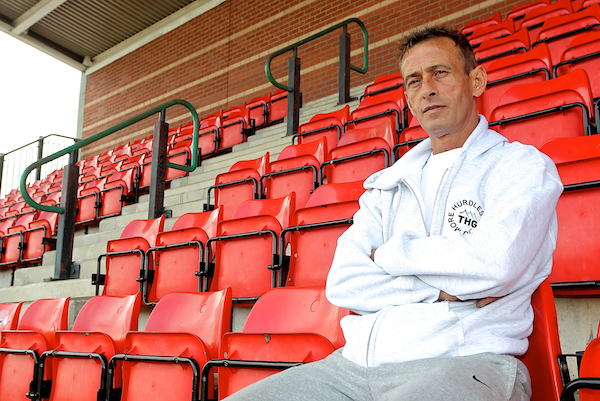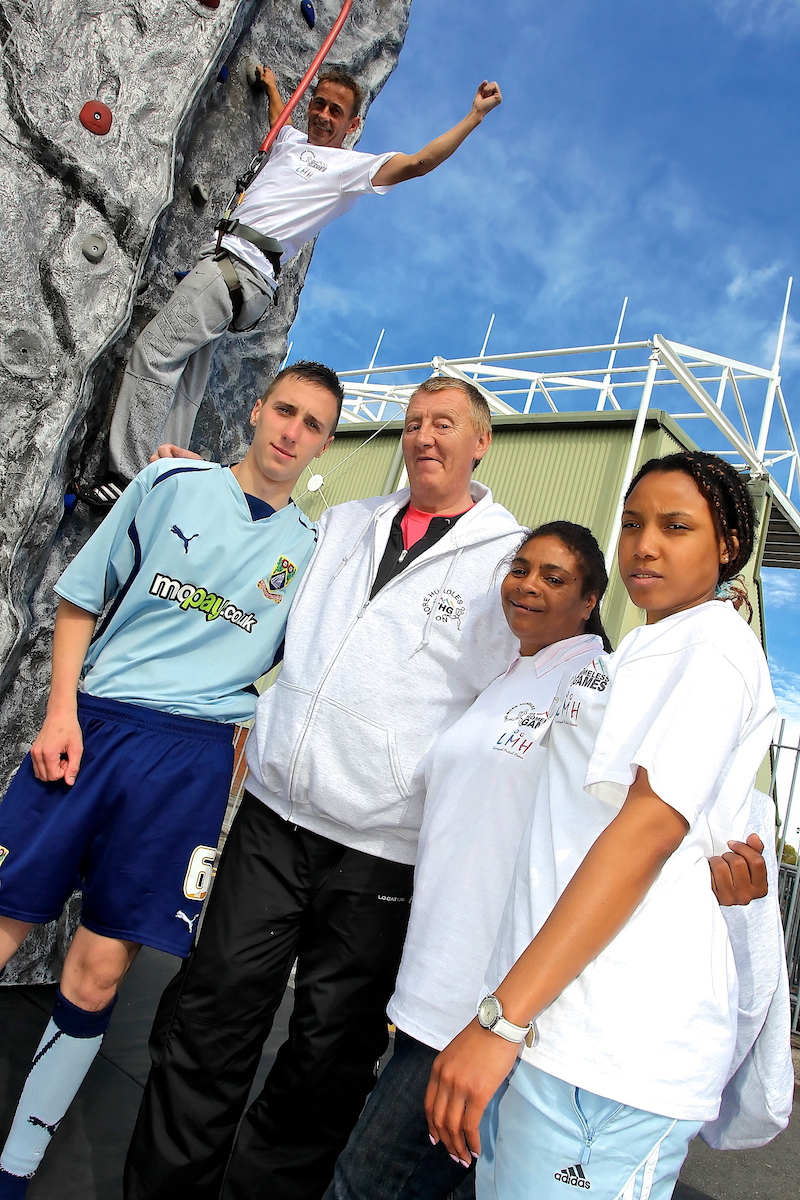Given the dire state of funding in the charity and public sector, fundraisers (and by that I mean staff and volunteers – not chuggers) are working overtime with some fantastically inspiring and engaging events, some of which I’ve featured on this blog. One caught my eye, not least because its title sounds like a cross between a very fine record and a throat spray.
The Largactyl Shuffle is a series of regularly-held and increasingly popular guided walks, the brainchild of the brilliantly creative user-led charity CoolTan Arts which clearly has its tongue in its cheek and its feet in its walking boots. The charity’s event is named after the anti-psychotic drug, Largactyl; the medication’s possible side effects can include a distinctive shuffle.
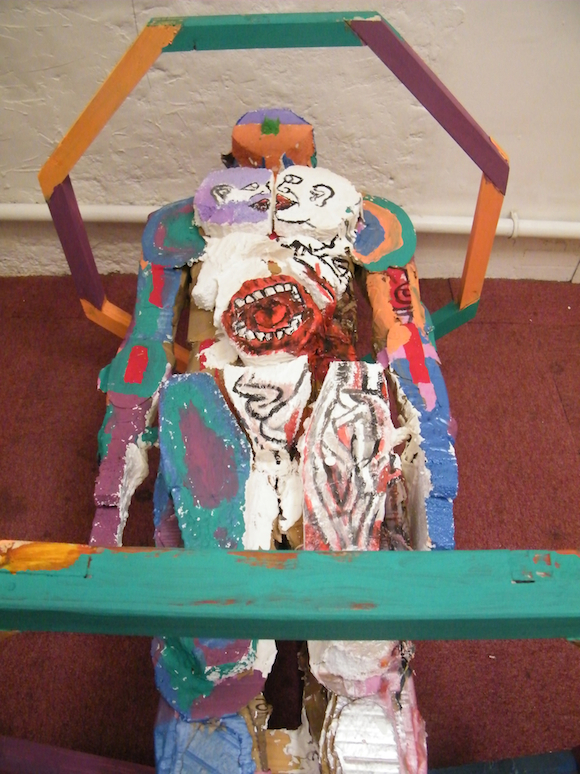
The guided stroll on Saturday October 15th is being held to mark World Mental Health Day, which is on the previous Monday (October 10th). The five-mile guided sponsored hike is from the Maudsley Hospital, Denmark Hill, south London, to Tate Modern, Bankside. The walks are gaining a reputation for being very social, entertaining events that bring together campaigners and raise the profile of mental health issues. The organisation was founded in 1990 by a group of artists who squatted in a suntan factory, which is how Cooltan Arts got its name.
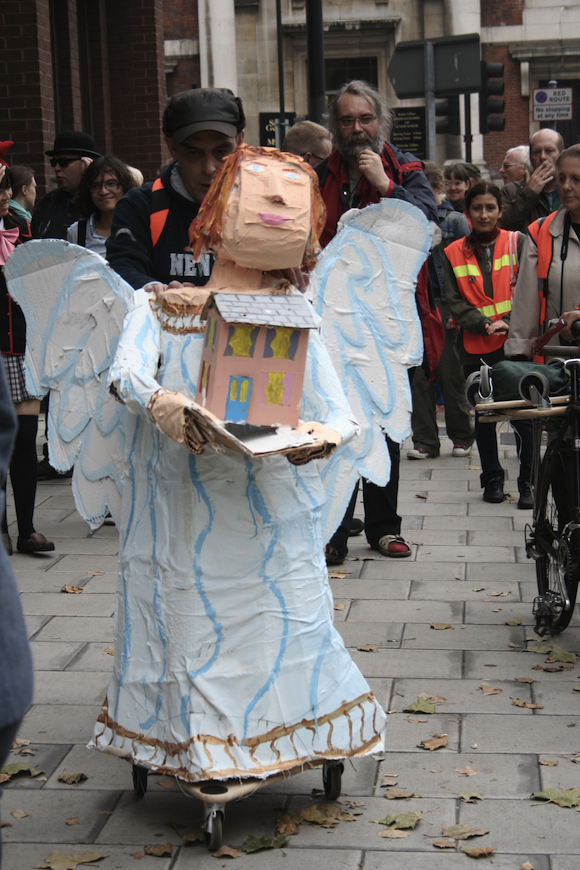
This year’s walk is entitled No Health without Mental Health and explores the history and social impact of the NHS since its inception in 1948. There will be breaks, poetry readings and other events along the route.
Comedian and broadcaster Arthur Smith, whose family and friends have experienced clinical depression, is the event’s patron this year. Smith’s fellow patrons at the charity are artist Maggi Hambling, TV chef Rosemary Shrager sculptor Sokari Douglas Camp, writer Ali Smith and novelist and Guardian columnist Clare Allan.
Advocating that mental wellbeing is enhanced by creativity, the arts and mental health organisation is run by and for people with mental distress. Its numerous workshops at its centre in Southwark’s Walworth Road include visual arts, batik, digital arts, video, poetry, and performing arts. There are also regular exhibitions, public art projects and websites which help break down the stigma of mental distress and the gallery and performance space offers other community projects a place to exhibit. The charity also runs volunteering schemes.
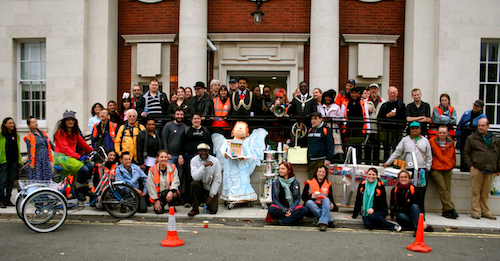
The walk, suitable for people with disabilities and wheel chair users, finishes with a reception and refreshments at Tate Modern.
• If you’re interested in taking part, download a form from www.cooltanarts.org.uk or call 020 7701 2696 or email info@cooltanarts.org.uk walkers must bring a packed lunch and drinks, wear suitable clothes and sensible footwear. The non-refundable registration fee is £5 unwaged or £10 waged.

